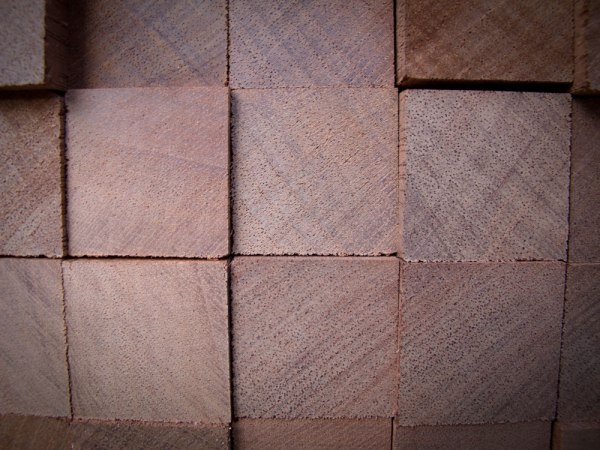
First-time visitors to the Lie-Nielsen Toolworks in Warren, Maine, are sometimes bemused by all the machinery used to make handplanes.
“Wait,” I heard one say during a tour, “I thought you made all these tools by hand – no machines. Shouldn’t hand tools be made by hand?”
Similarly, I get asked the following questions almost every time I’m in public.
“You accept credit cards and call yourself an anarchist?”
“Wait, you don’t process all your stock for your woodworking classes by hand?”
“Don’t you think it’s strange to use the Internet to promote the use of non-electrical tools? That’s an electric tool.”
Since we concocted the lever, wheel and other simple machines, we have always sought to harness some sort of mechanical advantage to make the labor easier. We have drawings of sawmills from 1250. Planing machines go back to at least the 18th century.
These technologies supplied hand-tool shops with the stock to make furniture and other household goods (think: “Little House on the Prairie”). I doubt that any woodworker who built a highboy started the process in the forest with an axe and ended with a French polishing rubber.
So yes, I have some machines. I couldn’t build a campaign chest in a reasonable amount of time if I had to start with the tree. And our ancestors who built campaign chests didn’t start with a tree, either. So as far as I’m concerned, I’m doing things in the historically correct and expedient manner: Machines process the stock; hand tools cut the joinery.
And I’m happy to change modes when the work calls for it. Stick chairs are best when they are built from rived – not sawn – wood. So when I build these sorts of objects, it’s best to start with the tree. It’s efficient. Plus it produces a stronger and better-looking chair.
Similarly, if I ever have to build another Eames piece, I’m going to borrow a hydraulic press to mold the plywood sheets. It’s simply the best route from point A to B.
As to the other questions listed above, here’s how I respond:
1. On credit cards. I don’t like them, but we accept them as a convenience to our customers. Know that we use the smallest bank in town. I know all the tellers’ names; they know mine. When it comes to the topic of banking, I think it’s a matter of who is in charge of the relationship. I have no debts, so the bank has no power over my business. As we are on equal footing, it’s just a matter of negotiating their fees and the interest they pay me on my money.
2. On using the Internet. I consider the Internet to be the most decentralized communication system ever devised. It is, compared to all other forms of mass communication, fairly lawless (in a good way) and democratic (with a small “d.”). Lost Art Press wouldn’t exist without it because the Internet has allowed us to avoid working with book distributors, such as Ingram and Amazon, which seek to control our pricing and our business. So once again, it’s a matter of control.
So when I’m ripping out 600 sticks of mahogany for a class on Roorkhee chair class, I am thankful for the machine that granted me an astonishing amount of freedom, both in woodworking and in making a living.
And when I’m cutting 120 dovetails with a dovetail saw, I am again thankful for the saw in my right hand that has granted me an astonishing amount of freedom in how I cut my joinery and in the resulting appearance of my furniture. Same with handplanes and chisels.
Bottom line: Tools (banking, CNC, carcase saws) can enslave or liberate. Take your pick.
— Christopher Schwarz
